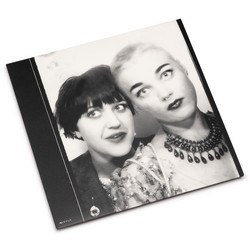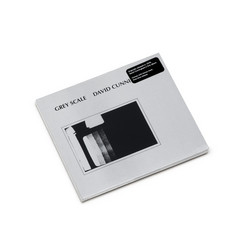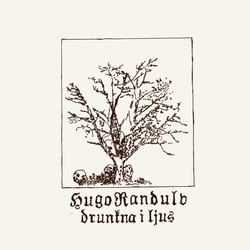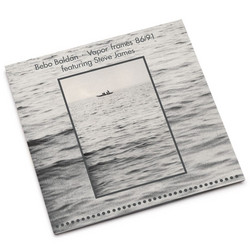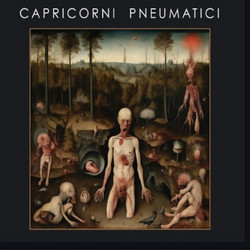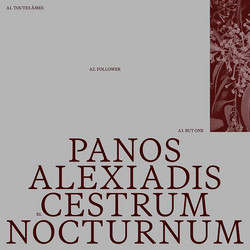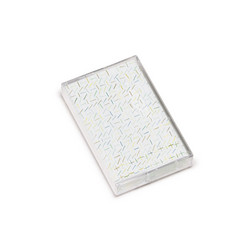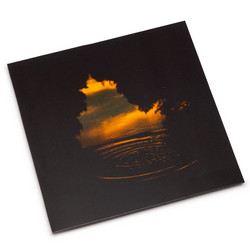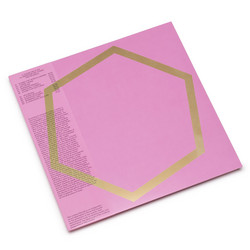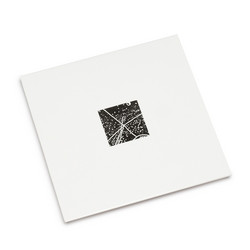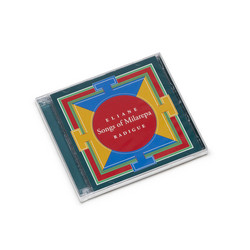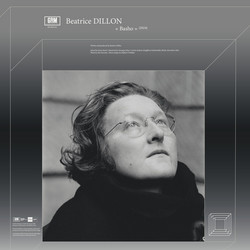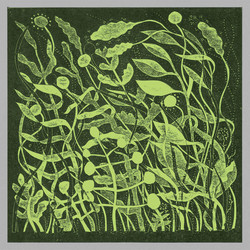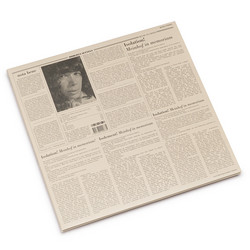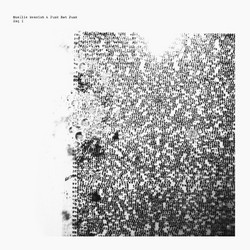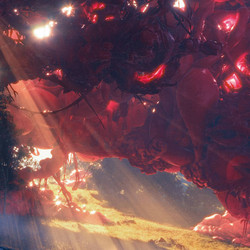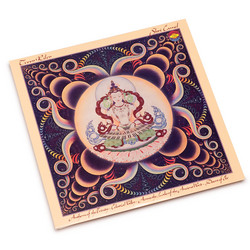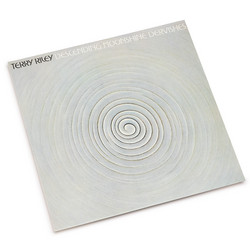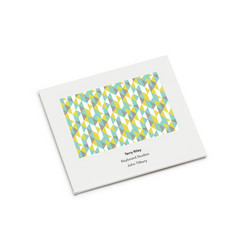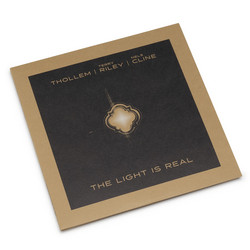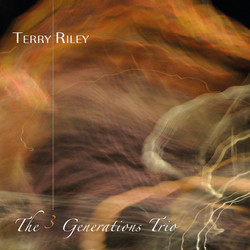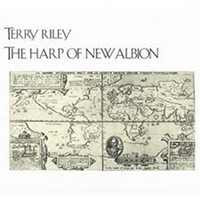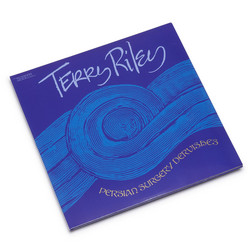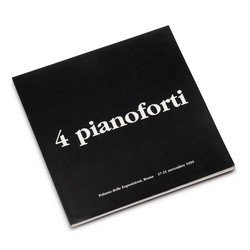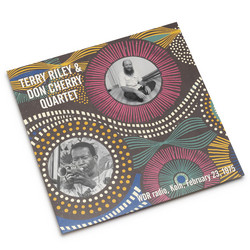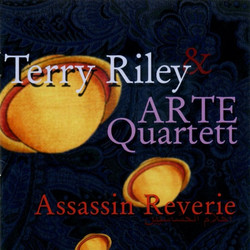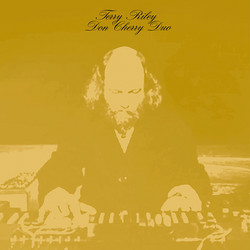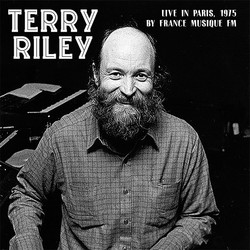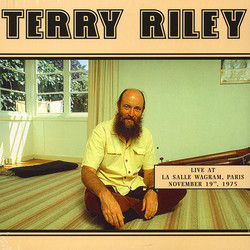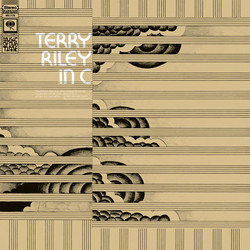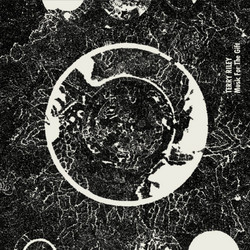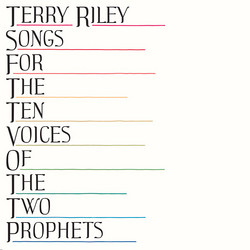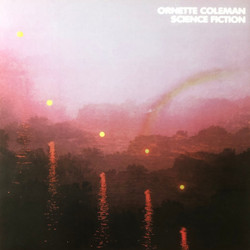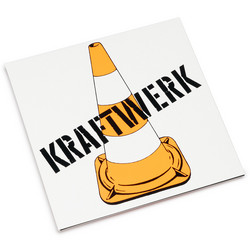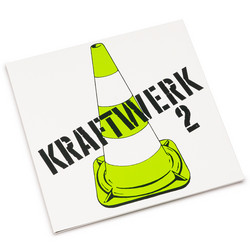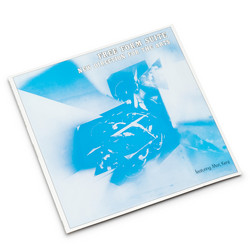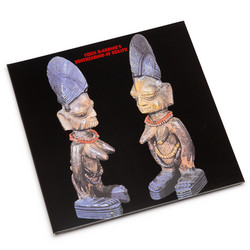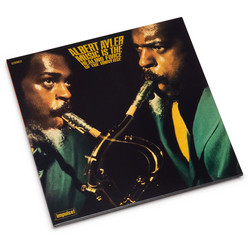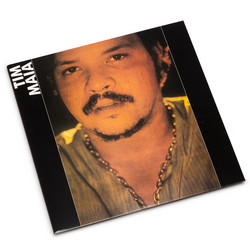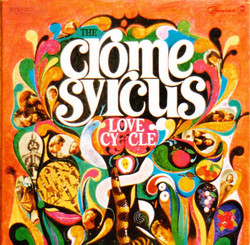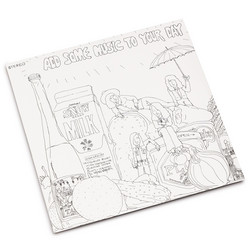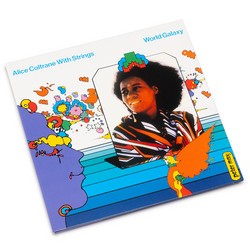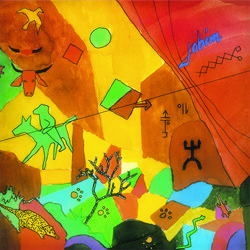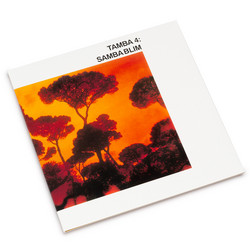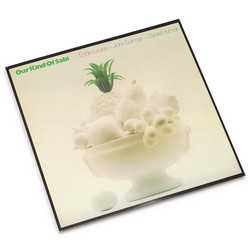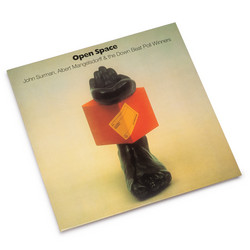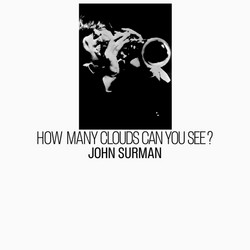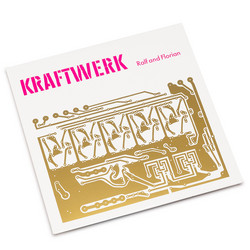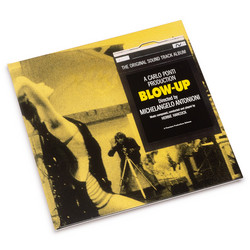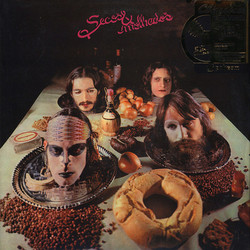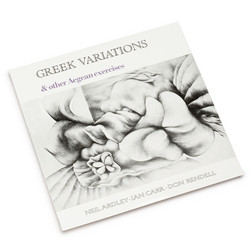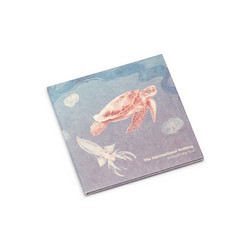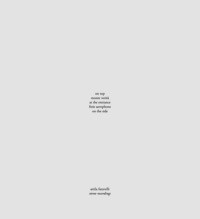Alan Licht's minimal Top Ten
Alan Licht's revelatory lists of rare and obscure minimalism releases.
See allTerry Riley
Reed Streams (Lp)
Long awaited reissue for Terry Riley's 1966 debut album, and one of the greatest pieces of minimal music ever created on Philip Ornstein’s iconic MassArt imprint, which also brought us Max Neuhaus & John Cage’s Fontana Mix-Feed and Allan Kaprow’s How to Make a Happening, is among the most sought after in Terry Riley vast discography. It is also the first recordings Riley made using his two personal Revox reel-to-reel tape machines (or "Time Lag Accumulators") later heard on his groundbreaking release Poppy Nogood and the Phantom Band All Night Flight.
"Riley's untitled piece for organ is a series of four- and eight-note patterns, exchanged and interchanged without standard modulation over a series of fluid musical "events" in which they interact with one another but contain their own identities. While the music may have been regarded as "simple" by the tired leftovers of serialism's last gasp for a while (it took the Americans from Cage onward to try and put the nail in the coffin that is still not buried as some Europeans try to bring it back as part of their heritage -- despite the fact that musically the genre is bankrupt), the physicality of it is just plain rigorous. Riley moves through this 20-minute work of hypnotic interval and repetition with a fluidity that is nothing less than remarkable. Even today, nearly 40 years later, the piece sounds fresh, original, and not a little off-putting in its intensity. "Dorian Reeds" is a similar work that employs a different method to move into similar territory, employing the soprano saxophone and a small bevy of tape recorders -- since the reed instrument is not capable of producing the same multi-toned streams as an organ.
Here four-, eight-, and 12-note streams are played and looped over one another via tape recorders -- no editing was done, as this was all recorded as performed -- and a long soprano saxophone deviates and acts as a percussive and thematic anchor for the streams of sound coming forth from the tape boxes. Here, modulation both happens and doesn't as everything is fixed around the notion of a non-fixed interval. The single-note horn that punches through the streamed mix is notable for its ability to play accents and create the sensation of rhythm from a solo instrument. " AllMusicGuide
